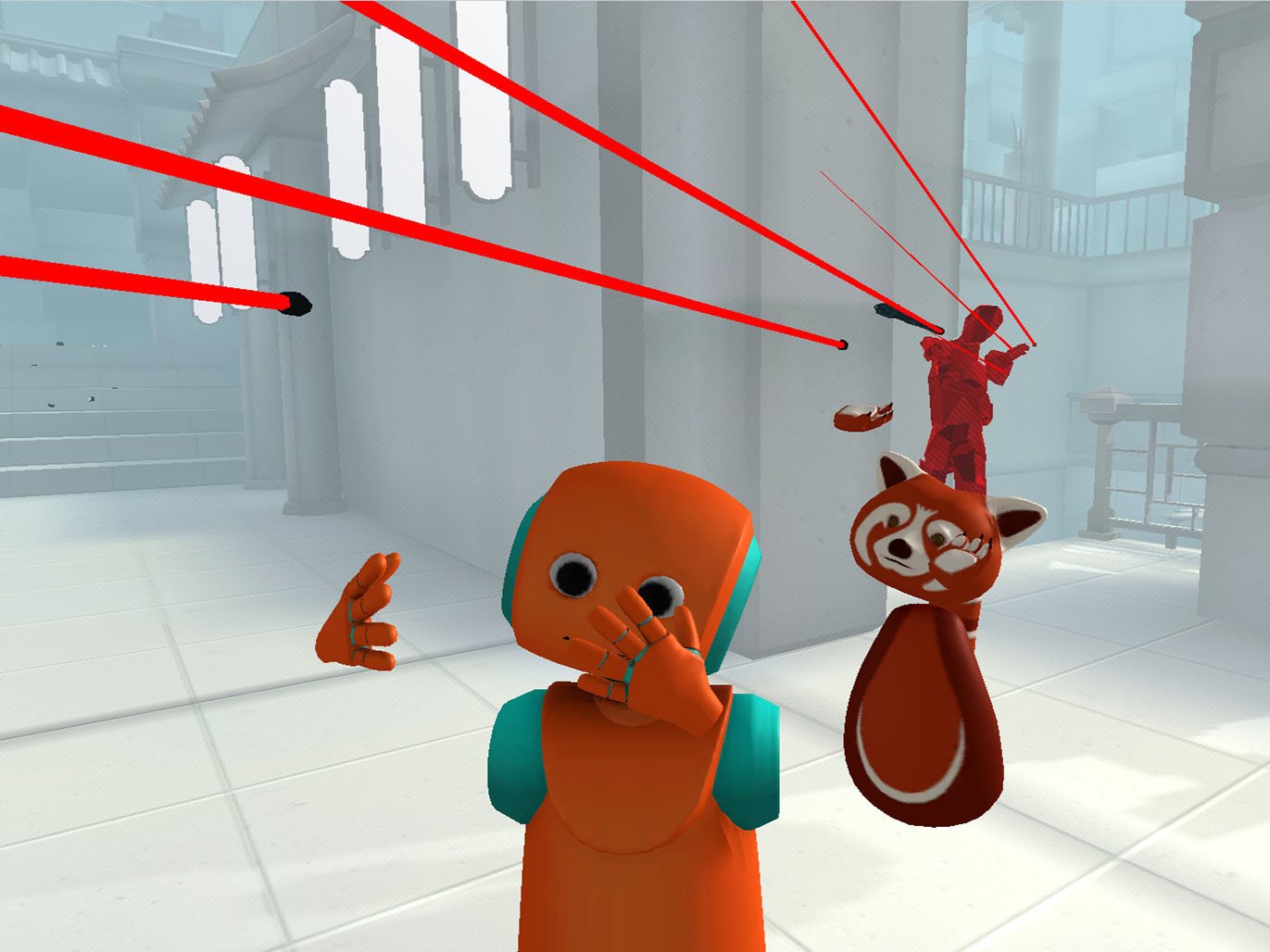
Until Vreal made an appearance in Steam's Early Access program, there really wasn't a method for watching VR gameplay that was true to the content. Sure, you can still watch Windows Mixed Reality (WMR) videos on YouTube or Twitch, but once you've watched a clip in Vreal, you won't want to experience recorded VR in any other way. Or, at least, that's the developer's end goal.
I gave the free Vreal app a go to see what it's all about, and I'm convinced it can be something big as long as it does a few things right.
What is Vreal?
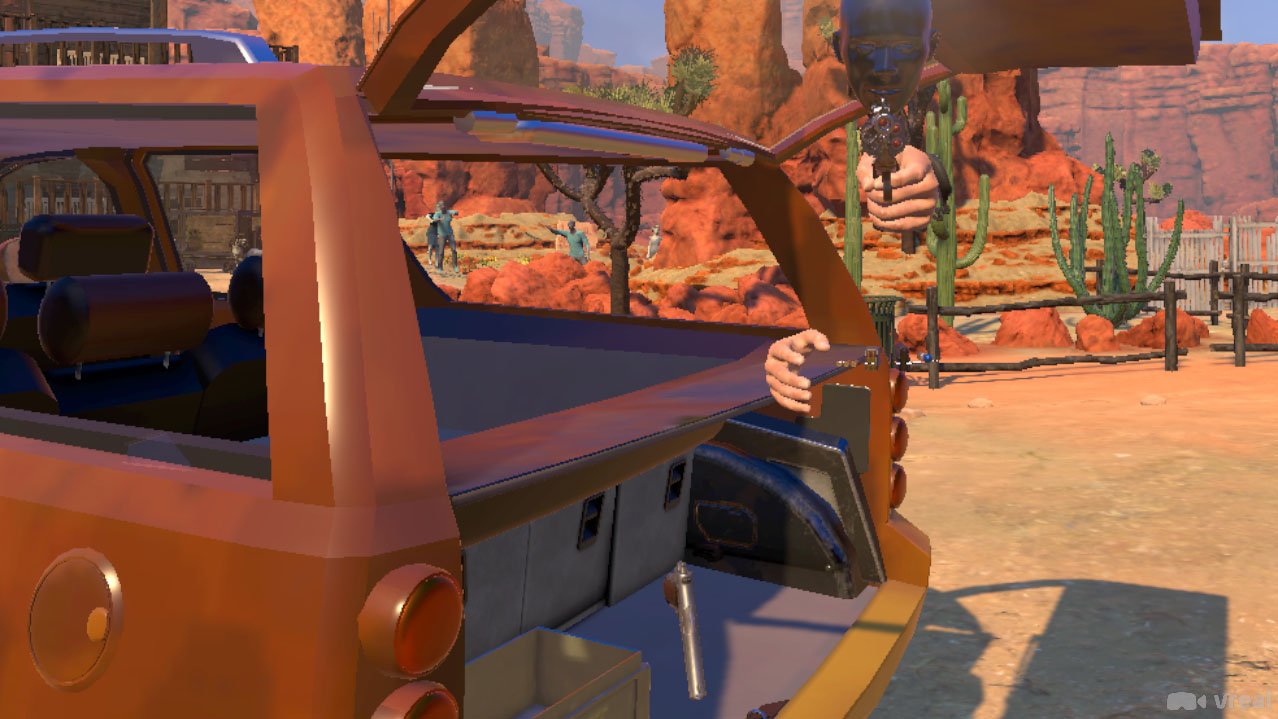
Vreal is a free app available through Steam that lets you view VR content other people have recorded. Instead of sitting back and watching the content on a flat (also known as "pancake") monitor, you're free to teleport around the full world, watching from just about any angle. It feels like you're playing the game in real time, except you can't interact with anything further than pulling out a marker and making notes.
A menu system lets you pause playback, at which time you can still move around freely, you can change what your avatar looks like if you're viewing with up to four friends, and you can instantly teleport to the player that played and recorded the content, which is handy for times when you get distracted by the scenery and have no idea where the main action is taking place. There's also a camera option that lets you snap stills for your personal collection.
Vreal is currently in Steam's Early Access program, with a full release tentatively set for June 2019. It is free now — and the developer wants to keep a "free tier" open — but a full release will see paid versions of Vreal, no doubt with more features for those who wish to create their own content. It is compatible with WMR, Oculus Rift, and HTC Vive.
What games does Vreal support?
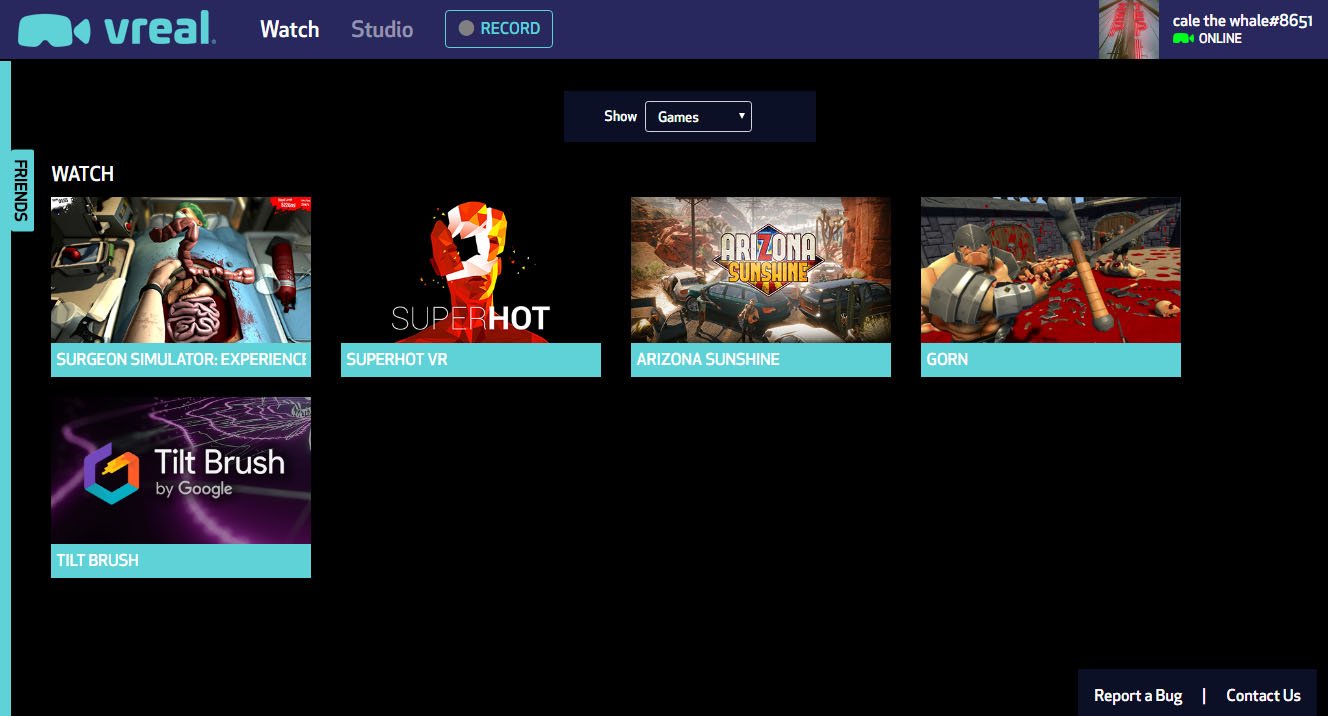
Vreal currently supports recording and playback of five games:
Get the Windows Central Newsletter
All the latest news, reviews, and guides for Windows and Xbox diehards.
Support for more games is on the way, and the developer is open to hearing which games should be added next. (Pavlov VR is a favorite.) Note that you do not have to own the game on Steam to be able to watch it in Vreal.
Vreal setup is easy
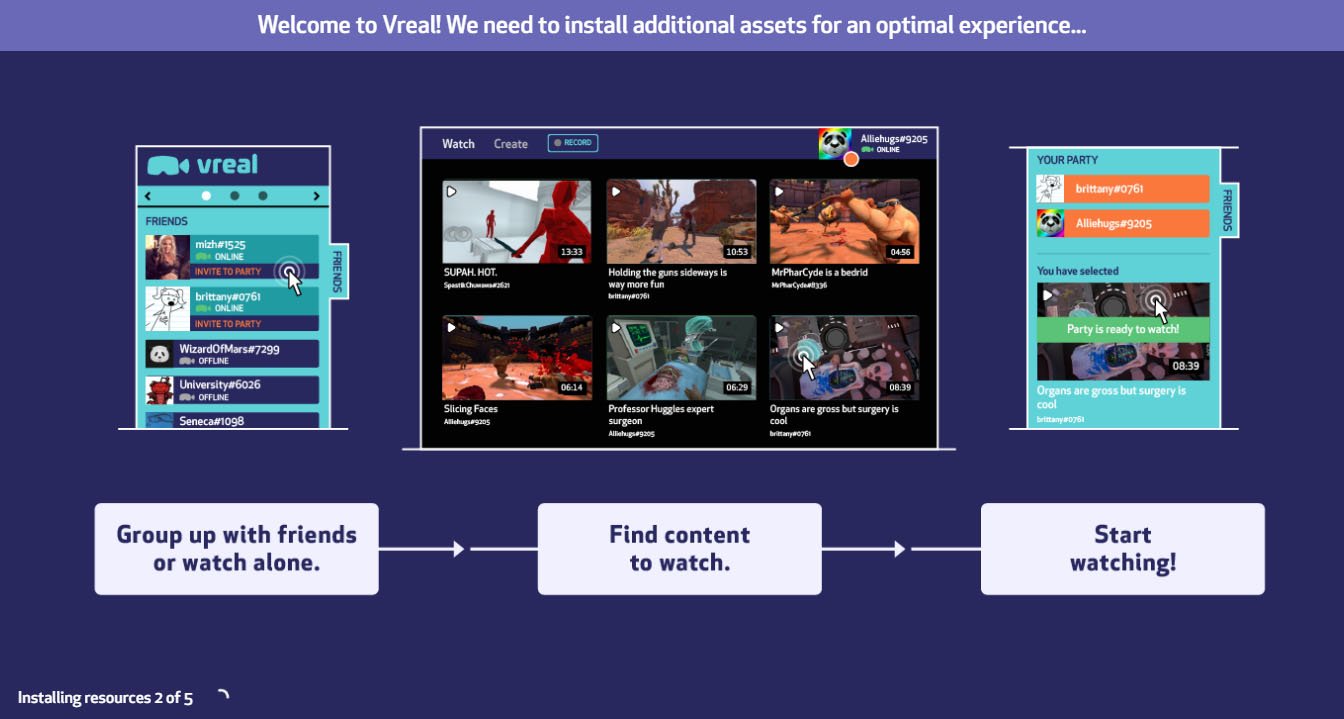
Making Vreal easy to set up and use is no doubt a high priority, and in that sense, it's so far a success. You choose a folder to save your Vreal content, a few additional resources and assets get installed, and you're greeted with an upbeat UI that's easy to navigate. Your Steam account is used, though you do have to add friends if you'd like to watch in a group.
To get into the action, just click "Watch," choose a game, and choose a clip. Vreal launches a new window and you're free to put on your head-mounted display (HMD). After the initial extra install, it takes about a minute to launch Vreal and start watching content when starting from a blank desktop.
Compared to the ease with which you can watch a video on standard streaming platforms, the Vreal experience is well worth the extra time it takes to get to viewing.
Vreal lets you move around the world at your own pace
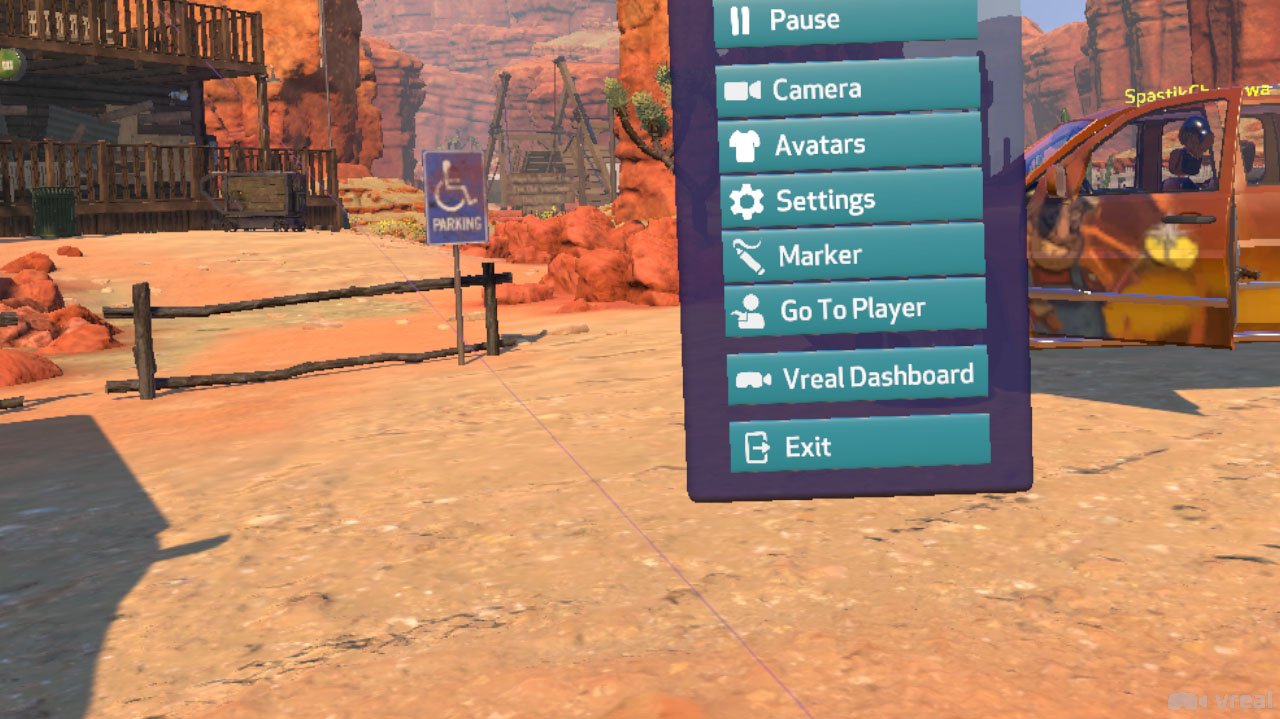
Once viewing content in Vreal, you can take things at your own pace. You can pause the stream and teleport around, taking in the scenery, or you can stick with the main player and watch the action unfold. There doesn't yet seem to be a way to fly around freely, but you can teleport onto certain surfaces that in turn shrink you down to about the size of a mouse. It's an interesting perspective and isn't as jarring as you might think.
I watched a few videos using an Oculus Rift, and navigation is handled with the Touch controllers (Vive wands and WMR motion controllers also work). It's still a bit janky — you might lose the ability to teleport for a few seconds or you might not be able to put away your marker — but for the most part it gets the job done.
What about creating your own content in Vreal?
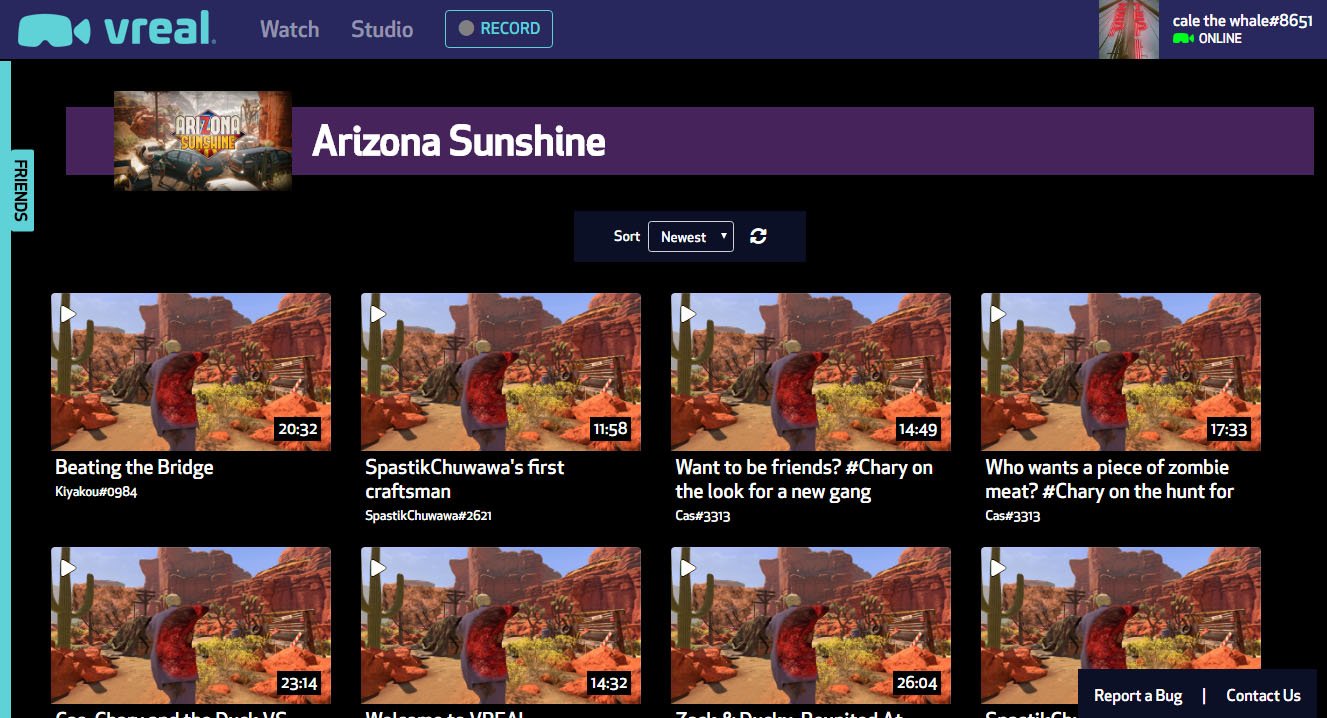
Unfortunately, content creation is still stuck in invite-only mode. If you don't hear from the Vreal dev, you can't record your own gameplay and post it to the board. This is expected to one day change, and at that point there will no doubt have to be some sort of filter in place that keeps the quality stuff at the top.
Luckily enough, those creating content for Vreal now are active, and there are a lot of videos to dive into.
What Vreal needs to succeed
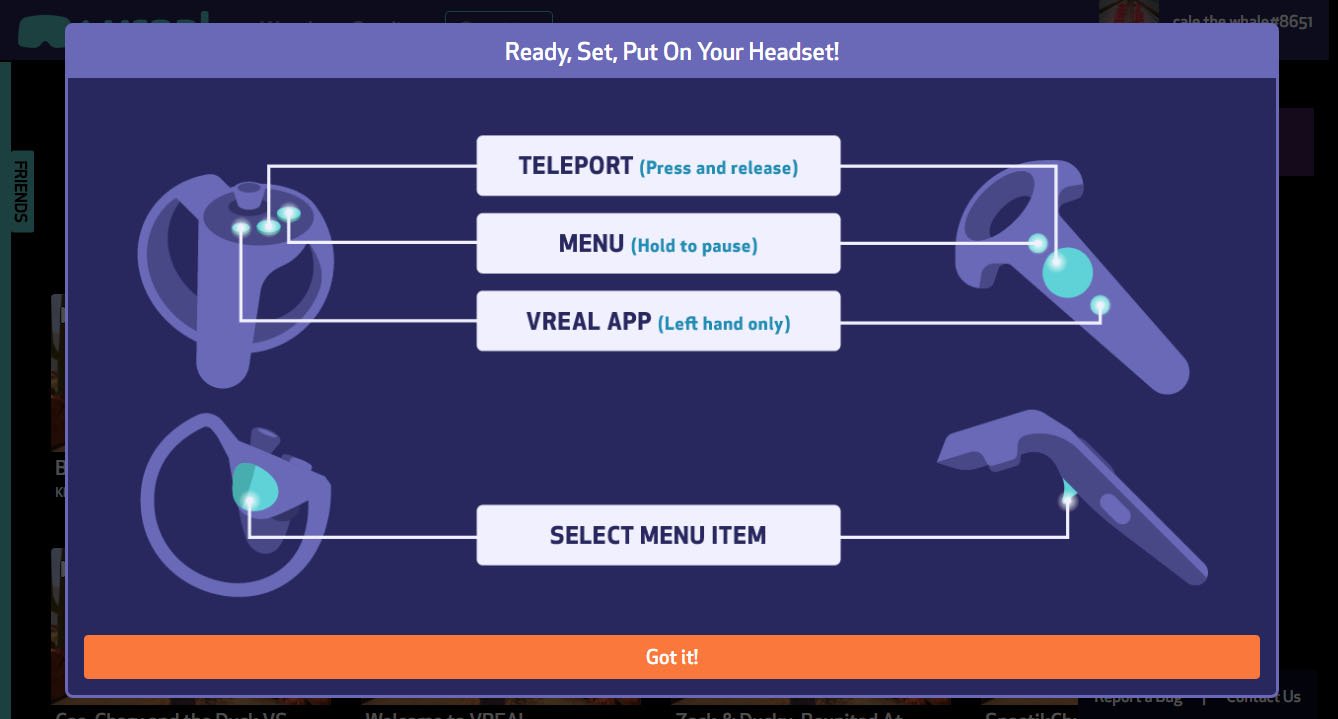
I can imagine, in the future, an esport team watching a past match and going through what went wrong and what went right, with a coach making Xs and Os right inside the game. That's, of course, banking on the success of esports and the continued growth of VR, but it's not too hard to believe.
From my brief time enjoying Vreal, I came away with a few keys to success, or at least keys that I think will continue growth:
- More games need to be added. Plenty of people are calling for competitive first-person shooters (FPS) to be added, but there are many games that will be a draw.
- More buttons on motion controllers should be mapped. Instead of opening up a menu and choosing an option, it would be nice to have some instant combinations that require a single press.
- Content creation needs to open up to everyone. There needs to be a filter in place to handle any stuff that's not worthwhile, but as long as Vreal makes it easy to create quality content, it should flow in.
What do you think about Vreal?
Have you had a chance to experience Vreal and its unique way of experiencing VR content? What did you think? Let us know in the comments.

Cale Hunt brings to Windows Central more than eight years of experience writing about laptops, PCs, accessories, games, and beyond. If it runs Windows or in some way complements the hardware, there’s a good chance he knows about it, has written about it, or is already busy testing it.
